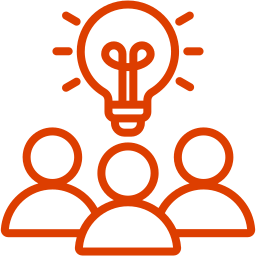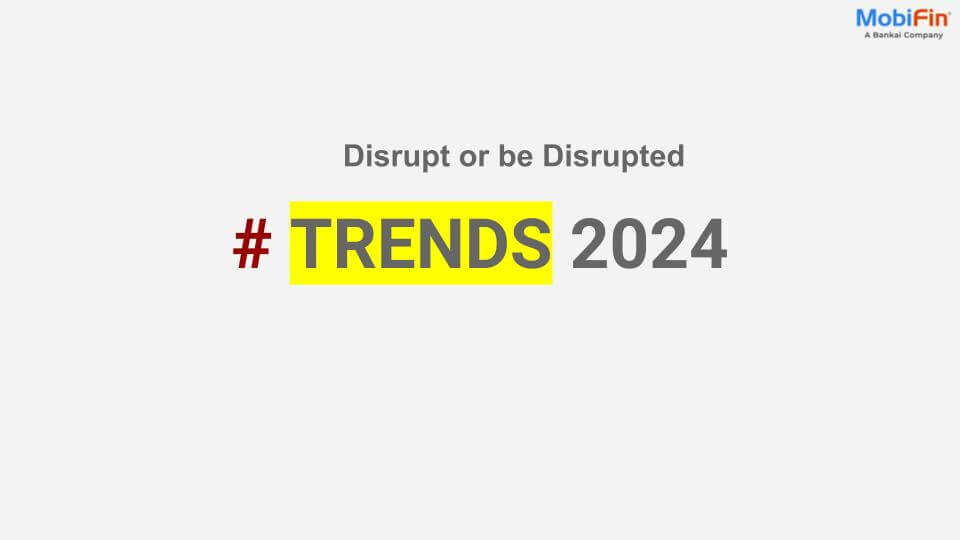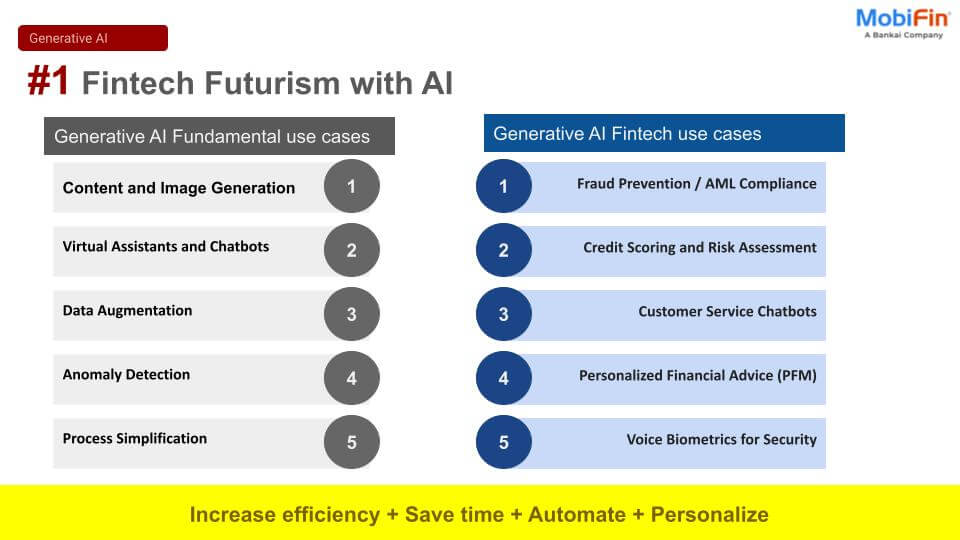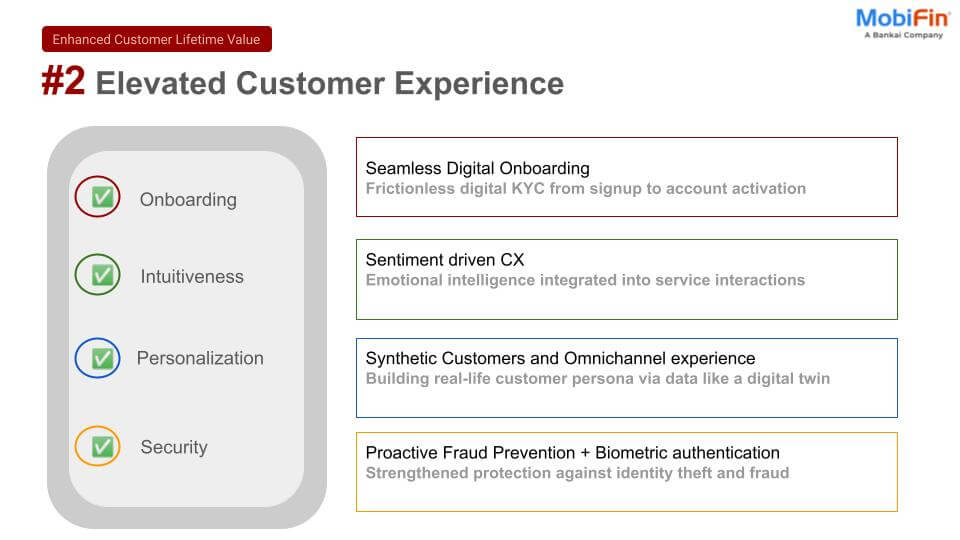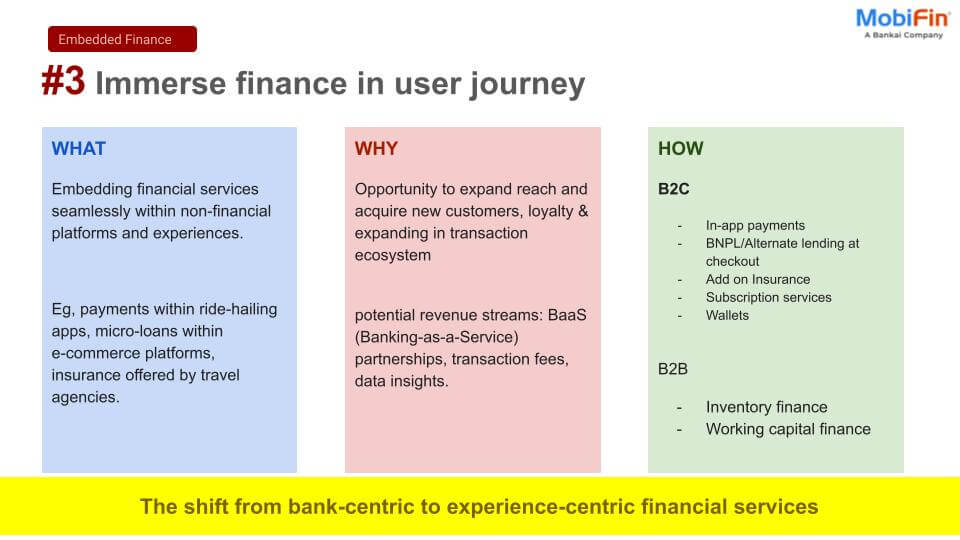This is the power of SuperApps, a unified digital ecosystem where users can seamlessly access a range of services within one application. SuperApps have become a necessity, driven by the growing demand for speed, efficiency, and frictionless user experiences. From enabling seamless financial transactions to integrating essential lifestyle services, SuperApps are redefining convenience like never before.
For businesses, this isn’t just a convenience—it’s a golden opportunity. SuperApps drive higher engagement, longer session times, and increased revenue per user. And with MobiFin’s cutting-edge technology, you can transform your existing payment app into a full-fledged SuperApp, without the complexity.
Let’s dive deeper into SuperApps: their benefits, the advanced technologies behind them, and how they are shaping the future of the fintech ecosystem.
Why SuperApps Are Winning the Digital Race?
Consumers no longer want standalone apps; they want everything in one place. Here’s why SuperApps are the future:
- No additional downloads- Users can access MiniApps within the SuperApp without installing separate applications, saving storage and data.
- Seamless login experience- Users stay logged into the SuperApp, eliminating the hassle of multiple logins. MiniApps can access basic user details through integrated login APIs with SuperApp.
- Secure payments- Transactions are processed within the SuperApp’s integrated payment service, ensuring security and preventing redirections to third-party platforms.
Real-world results tell the story:
- WeChat (China’s leading SuperApp) processes over 1.2 billion transactions daily, with 80% of users accessing financial services within the app.
- Grab (Southeast Asia’s top SuperApp) saw a 40% increase in user engagement after integrating payments, food delivery, and loans.
- Globally, SuperApp users spend 3x more time in-app compared to single-service apps
But what powers SuperApps? The answer is MiniApps, the foundation of this ecosystem.
The Foundation of SuperApps: MiniApps
MiniApps are small, lightweight applications that operate within a SuperApp. They are designed to perform specific tasks or services, such as loans, banking, or online shopping. Think of them as mini versions of standalone apps that live inside a larger ecosystem.
For example:
- A loan MiniApp lets you apply for personal loans, check eligibility, and complete the entire process without leaving the SuperApp.
- A banking MiniApp enables you to create bank account or check account balance within the SuperApp.
- A shopping MiniApp allows you to browse products, make purchases, and pay seamlessly, creating a unified shopping and payment experience.
Designed for speed, efficiency, and ease of use, MiniApps cater to diverse financial needs while ensuring users remain within the SuperApp ecosystem.
Understanding Progressive Web MiniApps and Native Apps
MiniApps come in two main types: Progressive Web MiniApps and Native MiniApps. Each type has its own unique characteristics and use cases, catering to different needs inside the SuperApp.
Progressive Web MiniApps
A Progressive Web MiniApp is a lightweight, web-based application that is embedded within the SuperApp’s environment by integrating the URLs. They are ideal for services that require quick access and minimal resource usage.
Integration Methods:
- Deep linking: Uses custom URLs to redirect users to specific pages within the Web MiniApp. For example, clicking on an in-app banner ad of restaurant, MiniApp link takes the user directly to the restaurant’s menu page.
- Web views: Embeds the Web MiniApp’s URL into a web view, enabling users to interact with the MiniApp without leaving the SuperApp. For example, clicking on a food and dining icon, MiniApp link loads the food delivery MiniApp hosted at a URL inside a web view where user can browse through various restaurants listed on the MiniApp.
Native MiniApps
A Native MiniApp is a lightweight application built using the native framework of a SuperApp’s platform. Native MiniApps leverage the full capabilities of the host app, offering seamless performance, better user experience, and deeper system integrations.
Integration Methods:
- APIs (Application Programming Interfaces): Allow the SuperApp and MiniApps to communicate and share data. For example, a shopping MiniApp uses the SuperApp’s API to access the user’s location and payment information.
- SDKs (Software Development Kits): SDK is integrated into the SuperApp, allowing the SuperApp to seamlessly display and interact with the third-party service within its ecosystem. SDK-based MiniApps function as pre-packaged modules, ensuring deeper integration, better performance, and a consistent user experience.
|
Feature |
Web MiniApp |
Native MiniApp |
| Platform Independence | Cross-platform, works on any device with a web view | Platform-specific (iOS, Android) |
| Deployment and Updates | Easier and faster to update | More complex deployment, requires app store approval |
| Performance | Slower performance, depends on web view | Faster performance, optimized for the device |
| Device Feature Access | Limited (depends on web standards) | Full access to device features |
| User Experience | May feel less native, slower interactions | Seamless and fluid, feels like a native app |
| Development Complexity | Easier to develop and maintain | More complex, requires separate development for each platform |
| Integration | Embedded in a web view | Integrated deeply within the SuperApp |
With MobiFin, you can integrate Web MiniApps (for quick deployment) or Native MiniApps (for premium performance), whichever fits your business needs.
User Interaction with MiniApps: Login, Payments, and Settlements
- MiniApp Login Flow
First-time login: The user logs into the MiniApp using the SuperApp’s credentials. The MiniApp requests permission to access user data, and upon approval, the SuperApp shares the necessary data.Subsequent logins: The user is automatically logged in, as the permission and authentication are already handled by the SuperApp. - Payment Flow
In a Payment SuperApp, all payments are redirected to the SuperApp’s payment gateway. This ensures a secure, consistent, and seamless experience for users. - Settlement Flow
Each MiniApp is assigned a unique Vendor ID, enabling streamlined tracking and reconciliation of all transactions processed within the app. For example, during a shopping payment, the customer account is debited, and the vendor account is credited. This ensures seamless and accurate tracking of transactions, providing a smooth experience for both customers and vendors.
To understand this better, let’s look at a real-world example of how a food delivery MiniApp works within a SuperApp.
Real Life Example: SuperApp for Food Delivery Service
- Customer logs into the SuperApp and clicks on food delivery MiniApp.
- MiniApp authenticates the user using the SuperApp’s credentials and fetches the user’s location from the SuperApp.
- User can browse through restaurants and menus and add food items to the cart within the MiniApp.
- User clicks on “Proceed to Checkout” and is redirected to the SuperApp’s payment page to complete the payment.
- After successful payment, the user receives an order confirmation within the MiniApp.
Conclusion
SuperApps are transforming the fintech landscape by merging multiple services into a single, unified ecosystem. As consumer expectations shift towards seamless, frictionless experiences, SuperApps aren’t just a trend—they’re the next evolution of digital finance. Companies that adopt this model early will dominate the markets.
With its flexible architecture and powerful integration system, MobiFin empowers businesses to build and scale their SuperApps effortlessly, driving innovation and enhancing user engagement. With businesses and developers continuously enhancing integrations and functionalities, SuperApps are set to redefine how we interact with technology. The future of digital experiences is unified, interconnected, and built on seamless integrations.
We have also published an industry-leading whitepaper that explores how banks can harness the power of SuperApps to transform from transactional players into indispensable financial ecosystems. Drawing on real-world case studies and data, the whitepaper reveals the strategies, risks, and trillion-dollar opportunities behind this revolution.


